Otto Günther-Naumburg (1856-1941), The Ruins of St. Clement's Church in Visby, Sweden. Watercolor and ink, heightened with white, on sand-colored paper, mounted on cardboard, 33 x 24 cm, signed at lower left "Günther-Naumburg" and inscribed "Wisby. St. Clemens".
- At the margins remains of an old mounting, otherwise good condition.
- Real romanticism -
About the artwork
In the Middle Ages, Visby on Gotland had a total of 14 churches in a very small area, of which only the cathedral remains today. Most of the churches were destroyed in the course of the Reformation and the Danish war of succession between Christian II and Frederik I in the 16th century, so that for a long time Visby resembled a landscape of sacral ruins.
with Otto Günther-Naumburg we stand in the former choir of St. Clement's and look through the preserved triumphal arch into the ruined nave with its narthex and the remains of the façade. Although the vault is missing, the monumental arch has retained its static strength and now offers a view of the sky, so that the sacred building has in no way lost its sacred character despite its ruinous state. In the art of Caspar David Friedrich, church ruins have become a special place of longing, exuding an intense sacral aura. This romantic dimension is also found in the gate, which, although closed, offers a view of the sunset behind it. A sphere, however, that is not yet accessible to us from this side.
The brown tonality of the paper determines the appearance of the image. Starting from this basic tone, Günther-Naumburg creates the stones of the masonry with glazed black, which he skillfully accentuates with white highlights. The virtuoso green of the vegetation contrasts harmoniously with the brown, so that the viewer's gaze is constantly exploring the ruin. In addition to the romantic content of the picture, the watercolor is also a historical snapshot of how St. Clemens in Visby looked around 1900.
About the artist
Otto Günther-Naumburg, who had lived in Berlin since 1861, studied at the Berlin Academy of Arts from 1873 to 1877, first with Albert Hertel and then with his successor Christian Wilberg. from 1877 he exhibited at the Academy Exhibition, from 1891 at the Munich Glass Palace, and from 1893 at the Great Berlin Art Exhibition. Study trips took him to Southern Germany, Tyrol, Switzerland, Italy and Sweden.
Otto Günther-Naumburg developed a special mastery in watercolor painting, which he taught as a professor at the Technical University in Berlin from 1892. He also produced large-format paintings and fulfilled public commissions. He decorated the town hall of Dillingen, created the cityscapes "Posen" and "Breslau" for the Prussian House of Representatives, and designed a view of the city for the Potsdam Town Hall. In addition, Otto Günther-Naumburg worked as an illustrator for the Leipziger Illustrierte Zeitung, Daheim and the Gartenlaube, which made him widely known and appreciated.
Selected Bibliography
Thieme-Becker. Allgemeines Lexikon der Bildenden Künstler von der Antike bis zur Gegenwart, Band 15, Leipzig 1922, S. 210.
Saur. Allgemeines Künstler-Lexikon, Band 64, München - Leipzig 2009, S. 415.
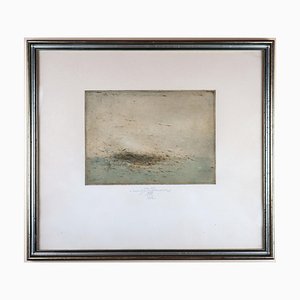

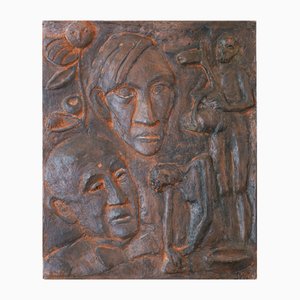
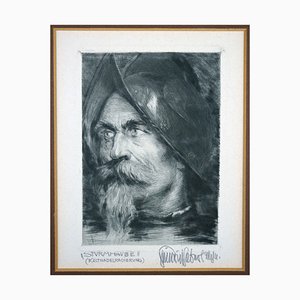
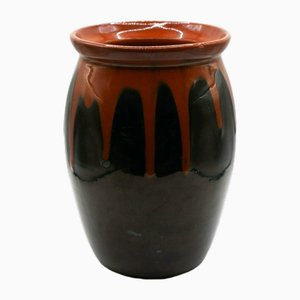



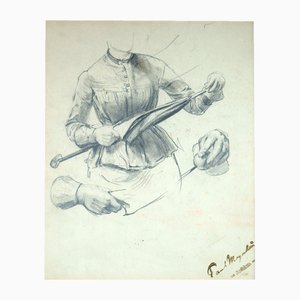
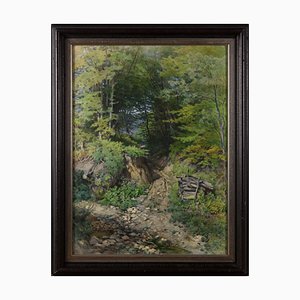

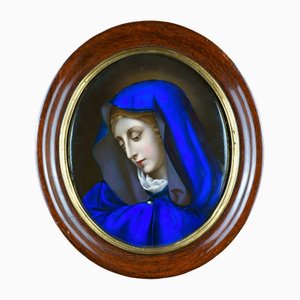
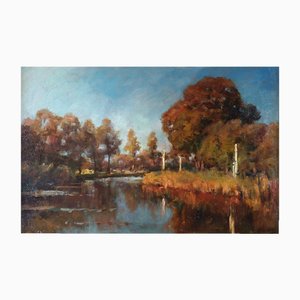
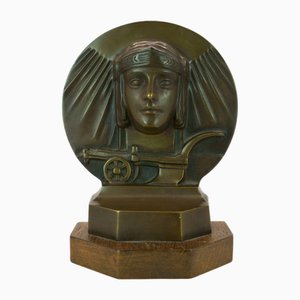
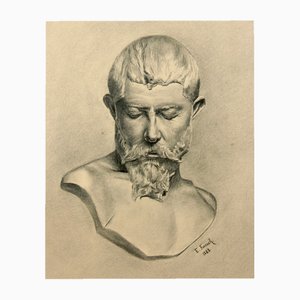
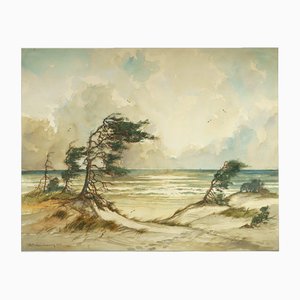

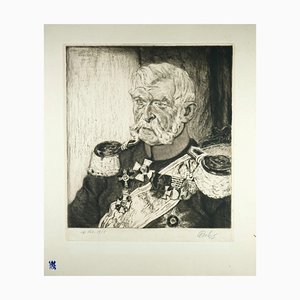
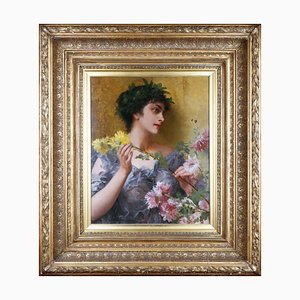

Get in Touch
Make An Offer
We noticed you are new to Pamono!
Please accept the Terms & Conditions and Privacy Policy
Get in Touch
Make An Offer
Almost There!
To follow your conversation on the platform, please complete the registration. To proceed with your offer on the platform, please complete the registration.Successful
Thanks for your inquiry, someone from our team will be in touch shortly
If you are a Design Professional, please apply here to get the benefits of the Pamono Trade Program